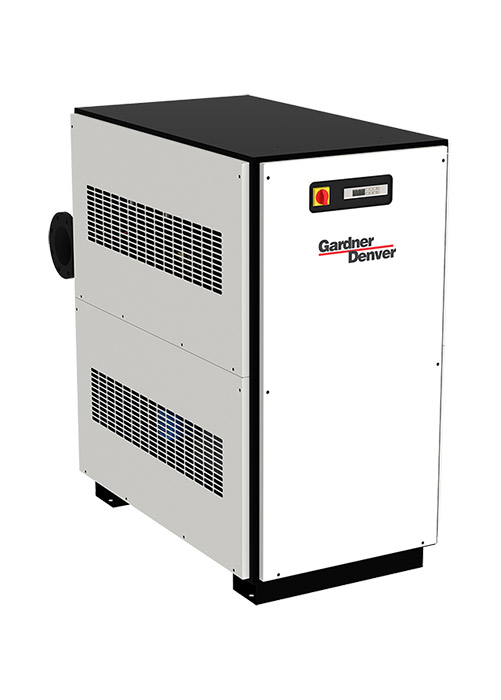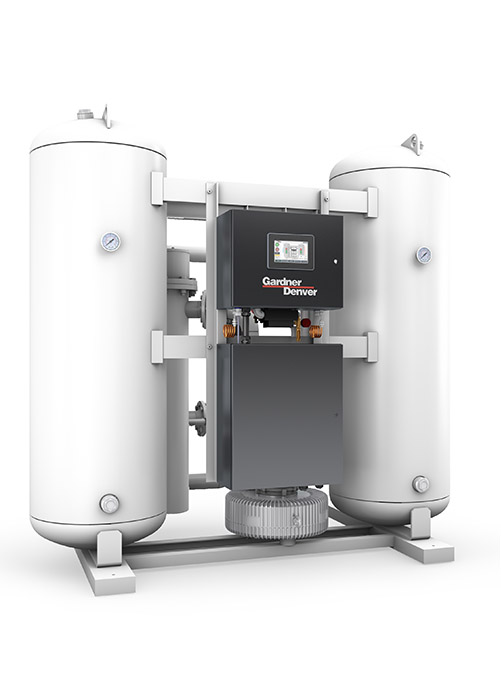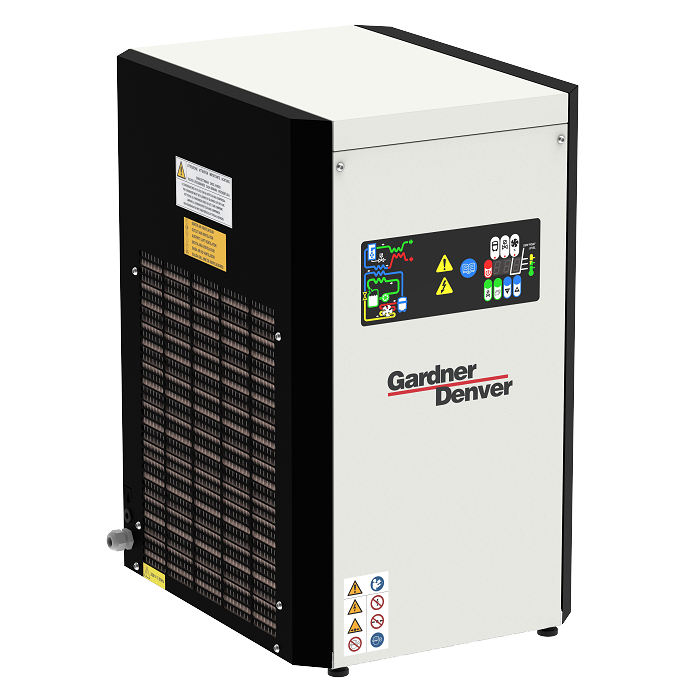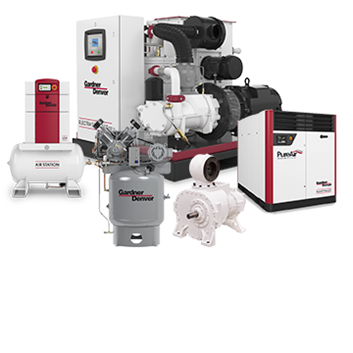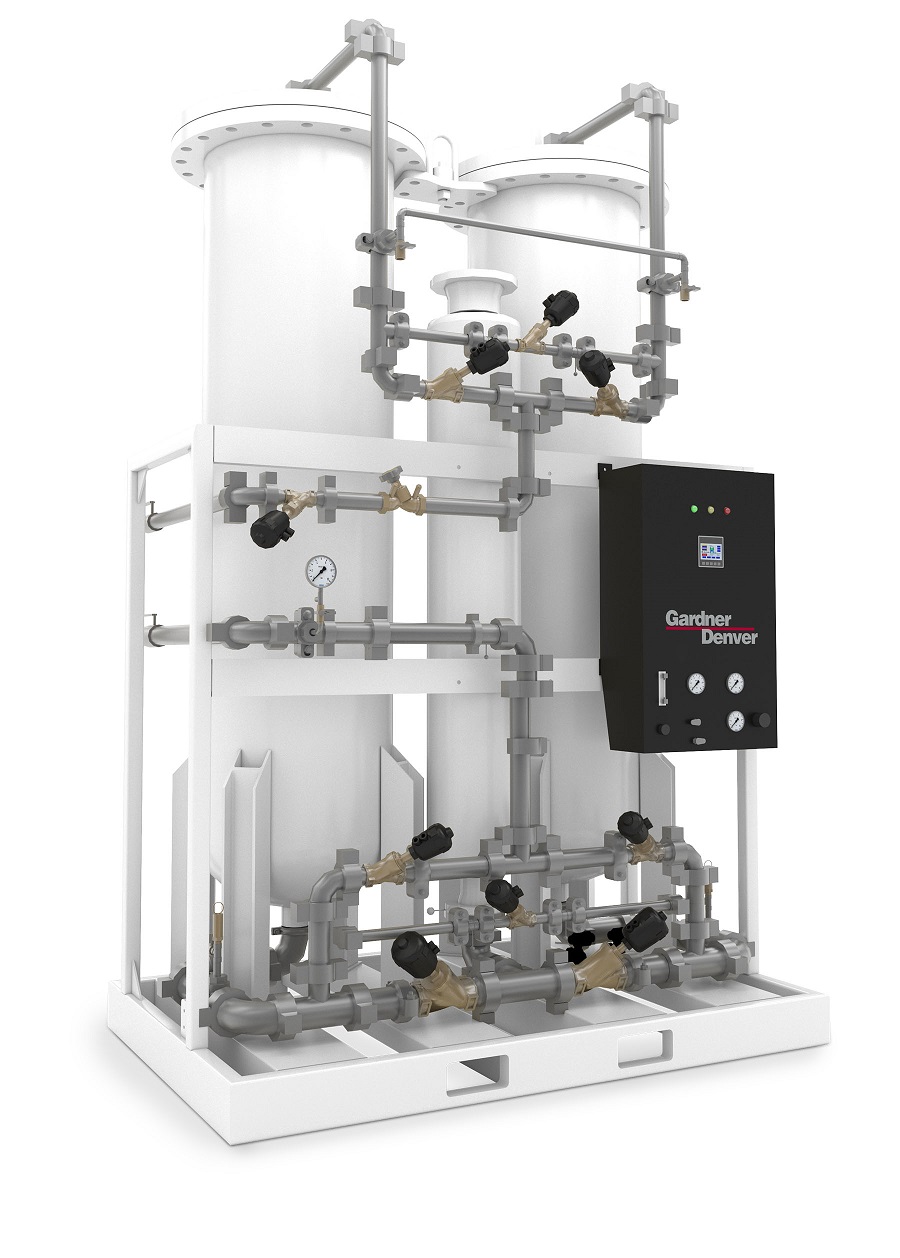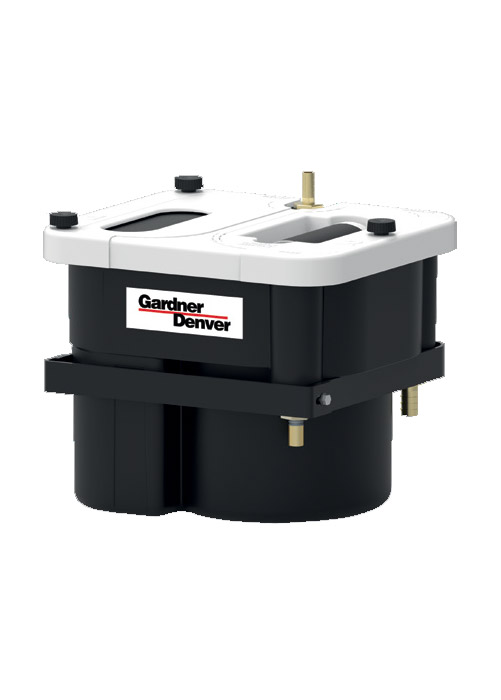Select Your Country/Region
Current Region:
 Global (EN)
Global (EN)
Choose a different country or region to see the content specific to your location
-
Downstream Air
Treatment Products - Compressed Air Dryers
How can we help you?
